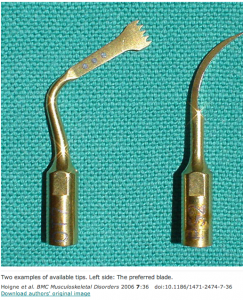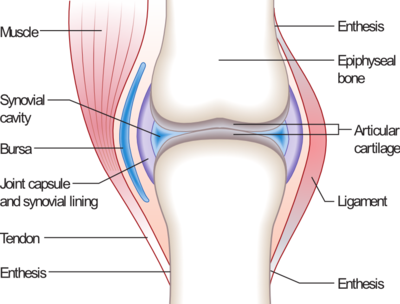A random thought I recently had was that the way so many different types of tribes and groups of ethnicities had come and gone and the many variations, combinations, and permutations of human body types should result with an extremely high probability that at some point in the history and evolution of the hominid species from the great apes to humans, there had to have been at least 1 tribe or group of human like creatures who grew to at least 8 feet tall.
My thinking process is that if we reverse the time scale back to our primitive ancestors, their lives were far more simple than ours. They didn’t have to worry about jobs, insurance, businesses, investing, school, etc. which we have to deal with in our modern life. What they had to worry about was what most social creatures had to worry about.
Food, water, access to mating partners, having healthy offspring, staying away from danger, staying alert, etc. These are the things they worried about. At this basic level, most hominid which started to walk upright probably developed the realization that being taller was better than being shorter. There is a clear advantage in reaching food in tall trees if one was taller. In addition, due to how body mass and volume increase at a cubic geometric rate in relation to height/ vertical increases, that meant that taller creatures would be literally bigger in size, due to correct proportions.
For many mammals, but especially primates, the male of the species is the larger of the two sexes as well as being stronger in terms of brute force. From what we learn in evolutionary psychology and evolutionary biology, we can say that certain males were alpha and others were beta. I would propose that on average not only did alpha male humans have more testosterone, they were also bigger, specially taller. This meant that they had far more access to mating partners than beta partners. In this brutal sense, the genetically weak and who did not gain the genetic lottery had their genes weeded out of existence. If the practice continued over the subsequent generations, they offpsring in each new generation would get progressively slightly larger.
I am almost positive that in many ancient human societies and tribes, height was as prized and desired as today, if not more. It helped in the human to huma interactions as well as in fighting and sexual competition. I would say that in a synergically way eventually the females also started to choose the taller, bigger male. If this is the case, then we can probably say that in some smaller groups and tribes, where there was few viable options, many tribes people would choose to only mate with the biggest. This is what is known as intentional or selective breeding. Another term is eugenics.
If the ancient societies and tribes purposely pracices eugenics to have taller and more intimidating offspring, it would be over just a few centuries lead to some tribes being very tall in stature. However the thing that would probably cost these tribes is high levels of inbreeding cause from the desire to mate only with people of large sizes, which might mean there was only a few families who did carry such traits forcing them to mate within their own family to keep the genetic advantage, not realizing that they are actually hurting their genetic advantage.
We have many stories by naive americans and most societies in the world about groups of people who were true giants. There have been many skeleton unearthed in different regions of the world which show them being 8-10 feet tall. I suspect the stories about giants are true since it is extremely conceivable that there have been at least a few tribes which focused solely on gaining dominance by using selective breeding to gain the size they wanted.
One of the best examples is the story of the famous Irish giant from the 19th century. He had a pituitary problem causing him to be big but it turned out the pituitary condition had a genetic cause and it would turn out tow of his male cousins also developed overactive pituitaries causing them to swell up in size. If this was ancient times, certain females would choose only to mate with them, causing more pituitary giants and shifting the anthropomorphic measurements in a small town or tribe to completely shift. Another good example was that two of the 3 cases of giants who resulted from the lack of estrogen alpha and/ or beta receptors in their growth plates were the result of a consanguine union (cousin marrigage). The both would turn out to be sterile having extremely low levels of sperm count with almost everything else funcioning fine. If they had been also been non-sterile, their mating chances would increase by a lot in ancient times due to their size, and they would be selectively chosen to have more children than other men, even if they are resulted from consanguinity which should have hurt them genetically but didn’t, due to random chance.
So, just a food for thought.



